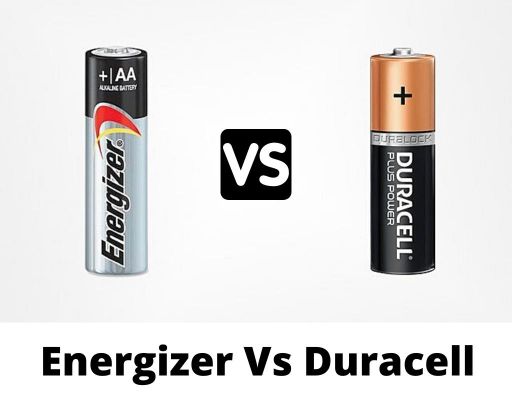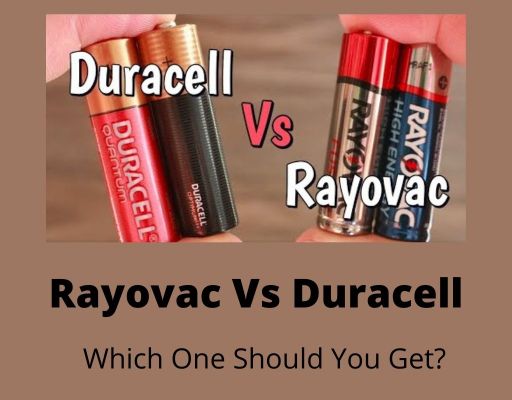There are standard BCI Group Sizes in use in the United States. However, the same battery in a European vehicle may be referred to by a different name. The Group 48″ type, as it is known in the United States, is also known as the “H6” size by European manufacturers.
Only around 7 different battery sizes are utilized in 90 percent of American cars today. However, about 95 percent of European automobiles utilize one of four battery types.
Let us talk about the main differences between the H6 and group 48 batteries.
What Is An H6 Battery?
H6 batteries are a type of mid-range battery. They’re widely utilized as dual-purpose or starting batteries in small industrial, automotive, and marine applications.
Once the primary engine is turned off or when the power system is unavailable, these batteries are frequently used to power electrical and electric gadgets. The majority of these batteries are spill-proof AGM batteries that require no servicing.
These have superior mechanical shock and vibration tolerance. The EN 66L3 and ordinary DIN H6 batteries have comparable features to the regular H6 batteries.
L3 or H6 and EN standards are considered group 48 batteries and vice versa due to their comparable sizes.
What Is A 48 Battery?
Group 48 batteries are a popular BCI group size for nautical, automobile, and other lightweight sectors. Group 34 batteries are also useful in the marine sector, which is surprising.
Introductory batteries and dual-purpose batteries are two varieties of Group 48 batteries. When the main power or engine is switched off, they are employed in a variety of electrical equipment.
H6, L3, and 66L3 are some of the other names for Group 48. The majority of BCI Group 48 batteries include several noteworthy qualities. You can gain additional benefits by moving via the maintenance-free and spill-proof 48 AGM batteries.
Rather than a low-grade battery, high-quality items defend against mechanical shocks and excessive vibrations.
What Are the Basic Differences Between A H6 and A 48 Battery?
H6 and Group 48 batteries are essentially interchangeable. H6 is a similar DIN battery size as the BCI Group 48 batteries.
Group 48 batteries, on the other hand, are 2 mm taller and 28 mm wider than H6 batteries. H6 batteries are also 5 mm shorter than 98R battery cells.
The battery group number denotes the size of the battery, as well as its physical aspects, type of vehicle, engine type, and terminal position. The Group 48 and H6 batteries are quite comparable and well-known.
What Is The Best Way To Charge A 48 Or H6 Battery?
Allow the integrated battery charger to recharge the group 48/H6 battery if it is linked to an electric system with a battery charger. Whenever a 70 Ah battery is depleted to 50%, a 10 Amperes charging station takes 4 hours to completely recharge it, including all the stages.
If you are charging such batteries independently, an intelligent AGM battery charger is strongly suggested, since it analyzes the battery first and then adapts the charging procedure based on the battery state and temperature.
Once the battery is charged 100%, the intelligent AGM battery charger switches to maintenance recharging mode, which continuously monitors the battery and ensures that it remains fully charged.
Irrespective of the battery group, verify the maximum and suggested charging current flow of your battery and charge according to the prescribed standards – 10 Amperes charge current flow for 48 or H6 batteries shouldn’t even be a concern.
Should You Upgrade Your H6 or 48 Battery?
Yes, in a nutshell, but there are a few differences between the H6 and 48 batteries. Let’s take a look at what you should think about before installing a bigger group battery.
Battery Type
All batteries are created differently. Batteries are made to serve a certain purpose. A vehicle battery with a high CCA value but a low RC value will not start your automobile. A battery designed to power your RV’s electrics needs a high RC value rather than a high CCA value.
Terminal Location
Different terminal locations are available on some batteries. The wires may not extend long enough to suit if you use a battery with an improper terminal location. You may also overextend the cords, resulting in injury and charging troubles.
Dimensions
Your car’s battery tray is designed to suit a certain battery dimension. A battery tray designed for one automobile model may be used in another, and it may be bigger than it has to be for cost reasons. Before buying a battery, be sure to take accurate measurements of your tray.
CCA
The general rule is to use a battery that has the same CCA as the original. Cold ignition will be improved if you can install a battery with a greater CCA, especially in colder areas.
Best Group H6 and 48 Batteries
These batteries are maintenance-free and rechargeable. These are AGM batteries that include a spill-proof feature.
The batteries have high flow rates, a wide working temperature range, a long service life, and the ability to recover from severe discharge.
This is a rechargeable battery. These batteries provide an uninterruptible power source and are spill resistant.
The battery has a capacity of 7000 milliampere-hours. A sealed lead acid technique is employed.
For most European vehicles, the XS Power is a straight fit OEM replacement. These three types were introduced to the D Series portfolio by XS Power for beginning and secondary power demands.
It is BCI certified at 3,000 Max Amps and is designed to produce above 3,000 Max Amps.
How to Take Care of H6 or Group 48 Car Batteries?
You should examine the H6 or group 48 battery terminals physically and cleanse or repair them as needed. Inspect the hold-down clamp and, if required, upgrade it. To ensure minimal disturbance, the battery must be secured.
If vent caps are present, unscrew them and check the battery fluid level which should be 12mm above the plates. Refill with de-ionized water. Using an Electronic Tester, examine for an electrical drain in the car.
Examine the car’s charging mechanism. The measurement for 12-volt cars should be between 13.8 and 14.6 volts. Inspect the connections, earth lead, and hold down clamp for stiffness as a final inspection.
Conclusion
There are not many differences between the H6 and group 48 batteries. Both Group 48 and H6 batteries are quite comparable and well-known.
These batteries are ideal workhorses for a wide range of applications. Their physical stature is the most significant distinction.
When purchasing an H6 or 48 battery, be careful to verify the battery’s rated capacity, RC rating, CCA, MCA, base-hold down types, terminal kinds, and orientations, among other things.
I’ve included all of the information you’ll need to tell the difference between H6 and 48 batteries.
References:
- https://antigravitybatteries.com/help-center/car-battery-fitment-sizing/
- https://www.dieselplace.com/threads/battery-replacement-size-group-options-48-24f-34r-h6-91.438135/
- https://www.batteryequivalents.com/group-48-h6-l3-66l3-batteries-dimensions-features-and-recommendations.html
- https://www.optimabatteries.com/experience/blog/what-is-a-h6-battery
- https://drivermoola.com/h5-vs-h6-battery/
- https://batteryprinciple.com/group-48-batteries/
Related Posts:


